Why Do Some Essential Oils Have The Same Botanical Name?- AAA

Understanding aromatherapy requires many scopes of study. For example, aromatherapists must have knowledge of the botanical nomenclature of essential oils among other things. Botanical nomenclature refers to the scientific Latin names of plants.
If you’ve ever wondered what the importance of essential oil botanical names are or why some oils share the same botanical name, then today’s blog is for you. Read on to find out what our experts have to say.
Why Do Some Essential Oils Have The Same Botanical Name?
Some plants have different common names (see Mandarin- Red and Tangerine) but the same botanical name and other oils have similar common names as well as the same botanical name (see Ylang Ylang- Extra and Ylang Ylang- Complete).
In most cases, these oils are similar with a few minor differences. Let’s uncover what’s in a botanical name.
Genus Species
Botanical names boil down to a genus and species. Genus is a group of related plants that include different species. Species is a comprehensive class within a genus. For example, the chart below clearly defines the common name, genus and species of some common citrus oils.
| Name | Genus | Species |
| Lemon | Citrus | limon |
| Sweet Orange | Citrus | sinensis |
| Yuzu | Citrus | junos |
Note that the genus is always capitalized and the species is not. The botanical name is also commonly italicized.
Plants that fall under the same genus share many similar traits and plants that share the same genus and species share even more similar traits. If you were to observe the citrus plants above, you would find that each plant has a similar citrusy aroma and appearance with some differences.
Differences In Production
Oils may also have the same botanical name but are produced differently. Edens Garden offers a few varieties of Ylang Ylang which all share the botanical name Cananga odorata.
Here’s a breakdown of how our Ylang Ylang oils are produced via steam distillation:
- Ylang Ylang- Extra: The first of five fractions, this oil is distilled for about 30 minutes to an hour. It is often the most favored of the Ylang Ylang distillations in perfumery for its refined, complex aroma.
- Ylang Ylang (I): Ylang Ylang I is the second fraction, directly following Ylang Ylang Extra, and is distilled for approximately three hours. This variety has a sweeter, greener aroma than other fractions.
- Ylang Ylang- Complete: Ylang Ylang Complete refers to Ylang oil that is the product of 6 hours of distillation. Its aroma is deep and floral with fruity notes.
As Ylang Ylang is being distilled, the oil is collected multiple times, producing unique oils from the same plant. Therefore, we identify each Ylang Ylang differently based on how it was distilled.
Another example of oils that share the same botanical name but are produced differently are our CO2 oils:
| Name | Genus | Species | Method |
| Coconut CO2 | Cocos | nucifera | CO2 Extracted |
| Coconut Carrier Oil | Cocos | nucifera | Cold Pressed |
| Vanilla CO2 | Vanilla | planifolia | CO2 Extracted |
| Vanilla Oleoresin | Vanilla | planifolia | Solvent Extracted |
| Frankincense- Carterii CO2 | Boswellia | carterii | CO2 Extracted |
| Frankincense- Carterii | Boswellia | carterii | Steam Distilled |
Chemotype
Some essential oils are classified by the oil’s main constituent or chemotype.
Here are a few examples of plants that share the same botanical name, but produce oils that have a different chemotype:
| Name | Genus | Species | Chemotype |
| Rosemary- Moroccan | Rosmarinus | officinalis | 1,8- Cineole |
| Rosemary- Spanish | Rosmarinus | officinalis | Camphor |
| Niaouli | Melaleuca | quinquenervia | 1,8- Cineole |
| Nerolina | Melaleuca | quinquenervia | Linalool |
| Thyme- Red | Thymus | vulgaris | Thymol |
| Thyme | Thymus | vulgaris | Linalool |
Each pair of oils share the same botanical name but their chemotypes differ.
Looking at Rosemary- Moroccan’s GC/MS report, you will find that this oil contains a significant amount 1,8- cineole whereas Rosemary- Spanish contains mostly camphor. Thus, though the plants which produce these oils are similar enough for them to share the same botanical name, their therapeutic properties and aromas are distinct.
Understanding the difference between these oils and their chemotypes is helpful when choosing an essential oil that meets your needs. For example, if you read that Thyme helped alleviate pain but you weren’t sure which Thyme to choose, an understanding of pure essential oil components and chemotypes would lead you to choose Thyme- Red because thymol is known for offering effective pain relief.
Origin
The quality of a plant is affected by many things in farming, including sunlight, water, pH of the soil, fertilizer and even where the plant was grown. When plants are grown where they are native, this creates optimal quality plant material and essential oils.
Many of our oils share the same botanical name but are identified by their plant’s origin, or where the plant was farmed.
| Name | Genus | Species | Origin |
| Lavender- Greek | Lavandula | angustifolia | Greece |
| Lavender- Bulgarian | Lavandula | angustifolia | Bulgaria |
| Peppermint | Mentha | piperita | USA |
| Peppermint- Indian | Mentha | piperita | India |
The uniqueness of plant’s grown in various countries is what inspired us at Edens Garden to create our Around The World oils – a collection of popular essential oils that combine the same oil from various regions, creating a powerfully effective synergy.
This Or That
Plants and the essential oils which they produce are incredibly complex. An oil might be produced from the same plant but different plant parts and produce distinguishable oils, as with Cinnamon- Bark and Cinnamon- Leaf. Understanding these key differences is an integral part of mastering aromatherapy. So if you’re still wondering how you can distinguish similar essential oils, our “This or That” series is for you. In this series, our experts break down the differences and similarities between the multiple varieties of Lavender oil, Peppermint oil, Lemon oil and more. Browse our blog to learn more.
SOURCES:
- Why You Need To Know The Latin Name Of Your Essential Oil. https://www.falkaromatherapy.com/blog/why-you-need-to-know-the-latin-name-of-your-essential-oil
- An Overview on Citrus aurantium L.: Its Functions as Food Ingredient and Therapeutic Agent. https://www.ncbi.nlm.nih.gov/pmc/articles/PMC5954905/

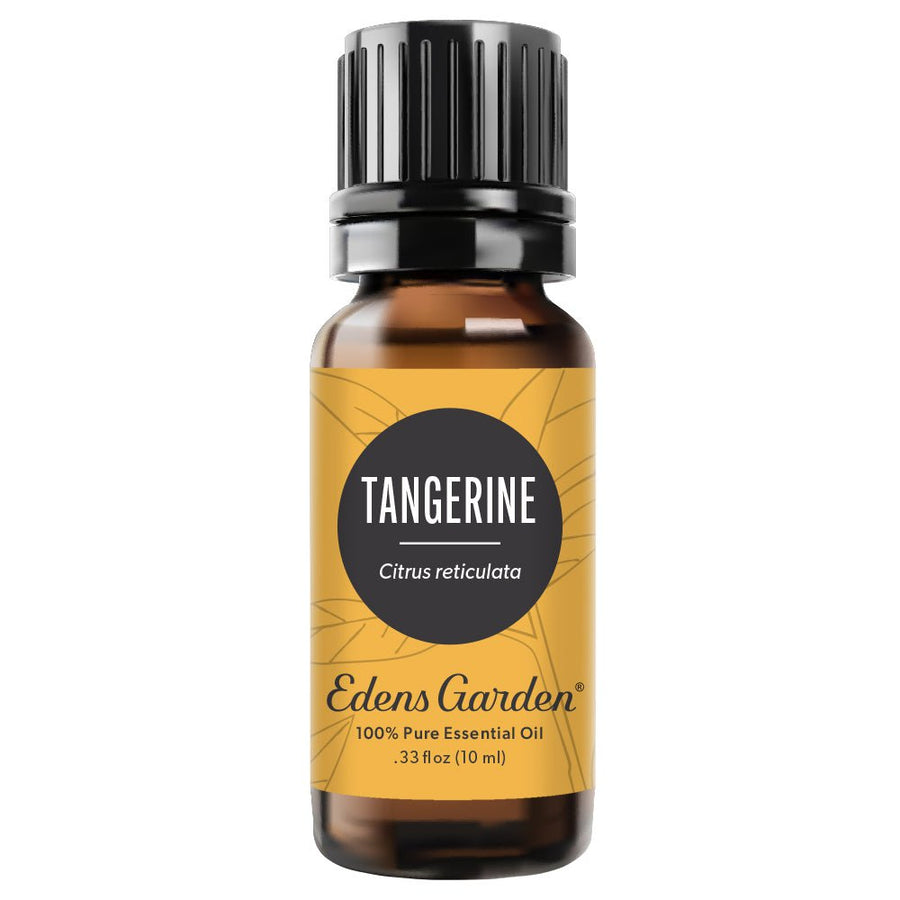
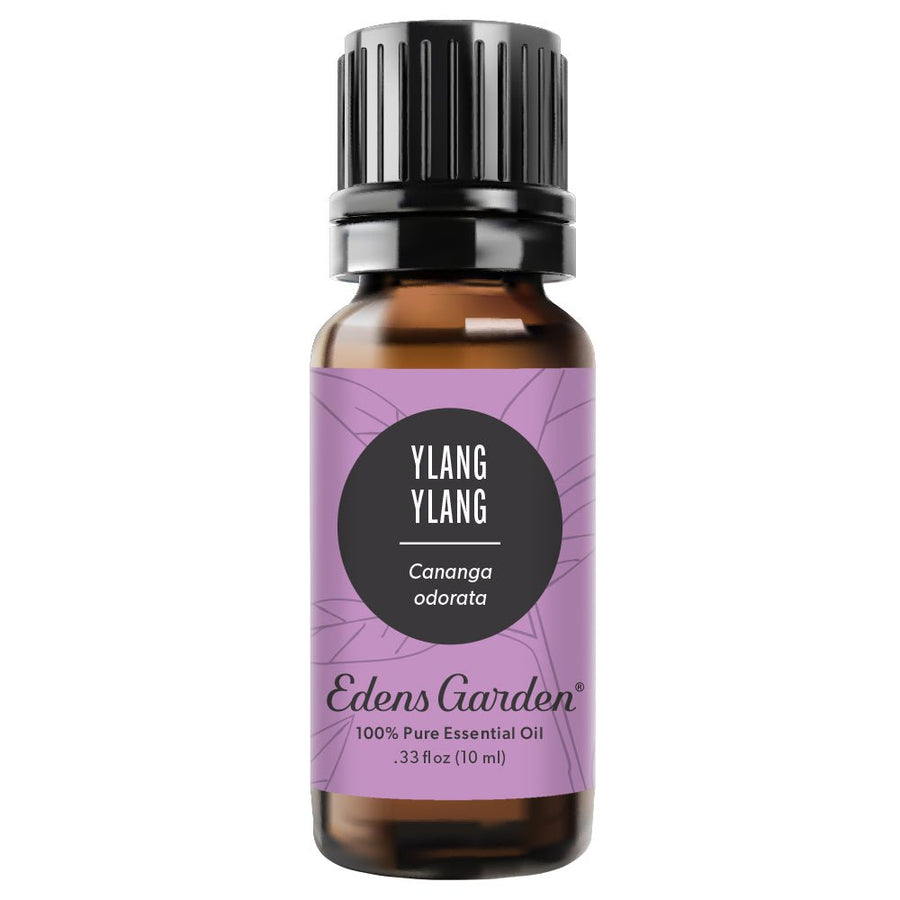
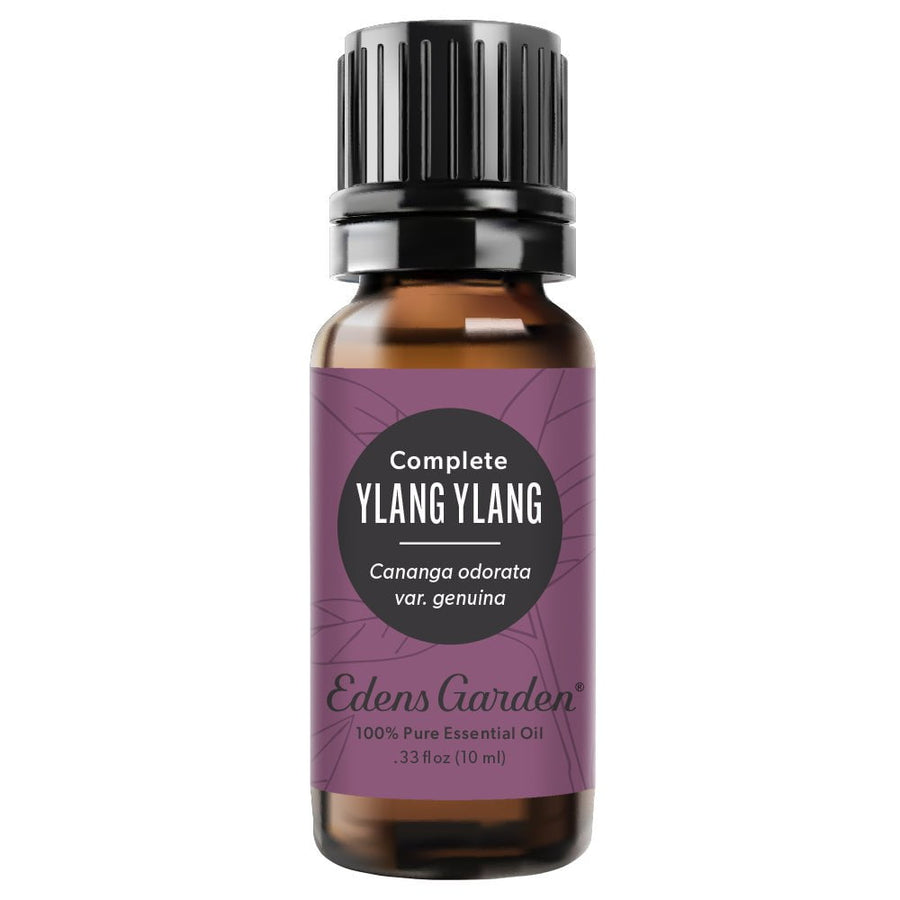
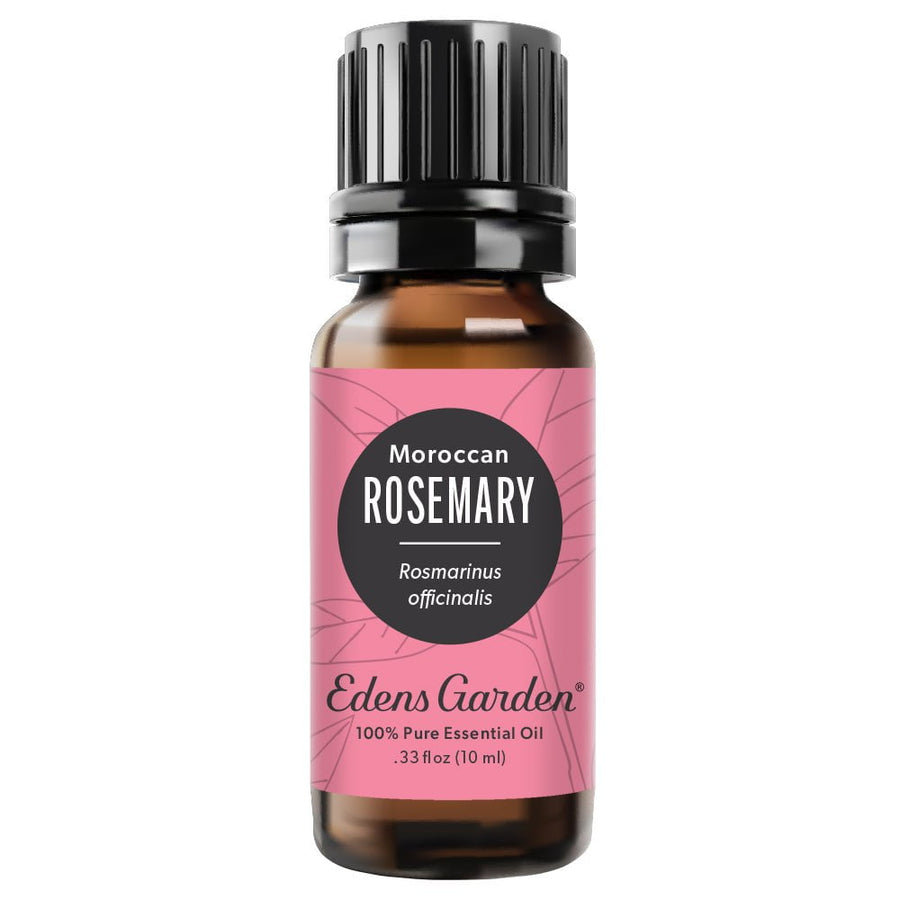
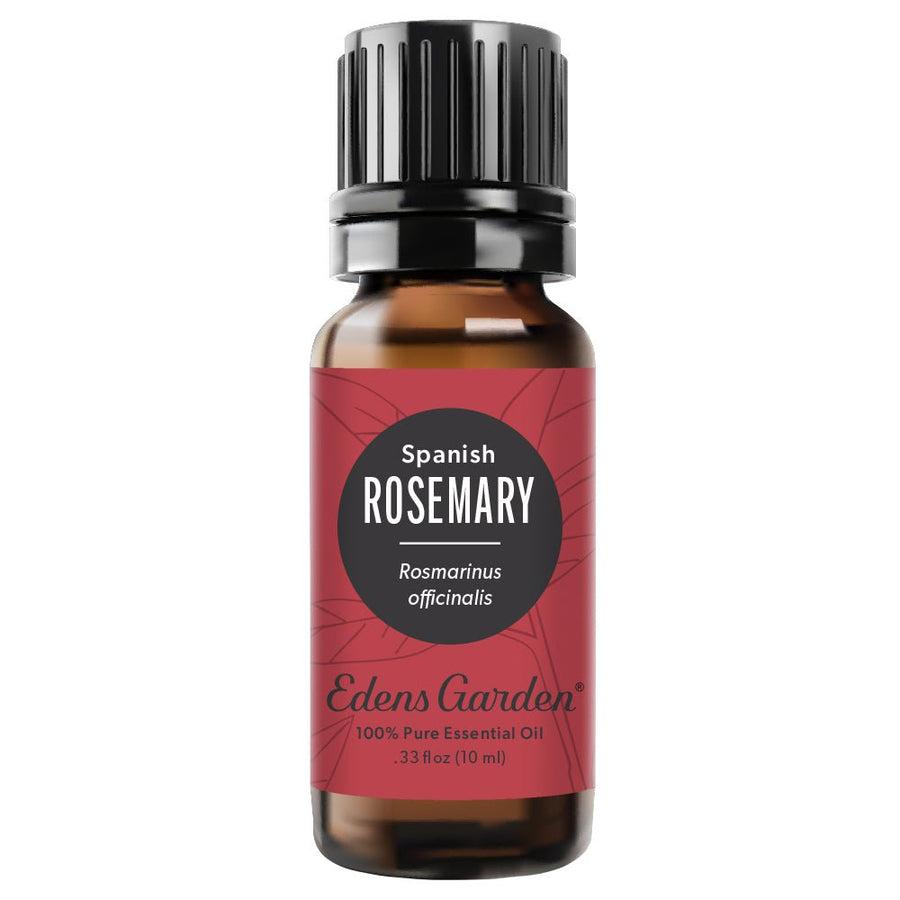




Rehne Burge, C.A.
April 13, 2022 at 10:32 am
Well written, informative article. I enjoyed it and will share. Thank you-NAHA Louisiana Director, Rehne